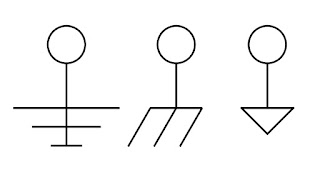 |
| Configurations of Thermal Mass Flow Meters Courtesy Thermal Instrument Co. |
Potential advantages of thermal mass flow technology for industrial process measurement and control:
- Provides true mass flow reading using a single instrument
- Not significantly affected by fluid pressure or temperature
- Moderate comparative cost
- No moving parts
- Minimal restriction of flow introduced by sensor
Typical applications for thermal mass flow meters:
- Landfill gas outflow measurement
- Compressed air systems
- Gas distribution in semi-conductor manufacturing
- Beverage carbonation
- Tablet coating and compression in pharmaceutical industry
- Flare gas measurement in oil and gas industry
- Natural gas flow to boilers, furnaces, and other consuming equipment
Thermal mass flow sensors have attributes making them very suitable for a family of applications. Like all measurement technologies, there are also areas of caution in their application. Any measurement technology must be properly applied in order to obtain reliable results. Talk to a sales engineer about your flow measurement ideas and applications. Combining your process expertise with the knowledge of a product application specialist will produce good results.




